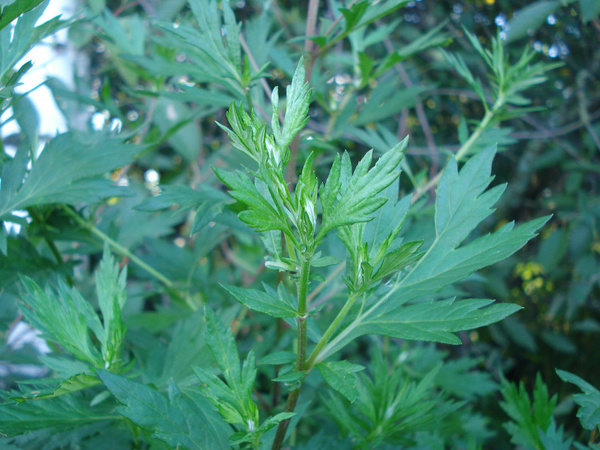
Parts Usually Used :Leaves, flowering tops
Common name: Cape gum, Egyptian thorn, Gum Arabic tree, Gum acacia, Gum Arabic, India gum tree, Bablah pods, Acacia, bambolah
Wormwood’s woody rootstock produces many bushy stems, which grow from 2-4 feet high and bear alternate, bi- or tri-pinnate leaves with long, obtuse lobes. Numerous tiny, yellow-green, rayless flower heads grow in leafy panicles from July to October.
Wormwood is above all a stomach medicine, being useful for indigestion, gastric pain, and lack of appetite, as well as the related problems of heartburn and flatulence, fevers, dysentery, asthma, burns, anemia. It is also said to be helpful for liver insufficiency by stimulating liver and gallbladder secretions, jaundice. Wormwood is a cardiac stimulant and therefore acts, when taken in proper doses, to improve blood circulation. Wormwood tea has been recommended to help relieve pain during labor. The powdered flowering tops have been used to expel intestinal worms and other parasites. A fomentation of wormwood tea can be applied externally to irritations, bruises, or sprains. A wash of the tea will relieve itching from rashes. The oil acts as a local anesthetic when applied to relieve pains of rheumatism, neuralgia, lumbago, tuberculosis, and arthritis.
The vinegar from boiled wormwood is good for halitosis, either from gums, teeth, or sour stomach.
Warning
Pure wormwood oil is poisoning. Relatively small doses may cause nervous disorders, convulsions, insomnia, nightmares, and other symptoms. Flowers may induce allergic reactions